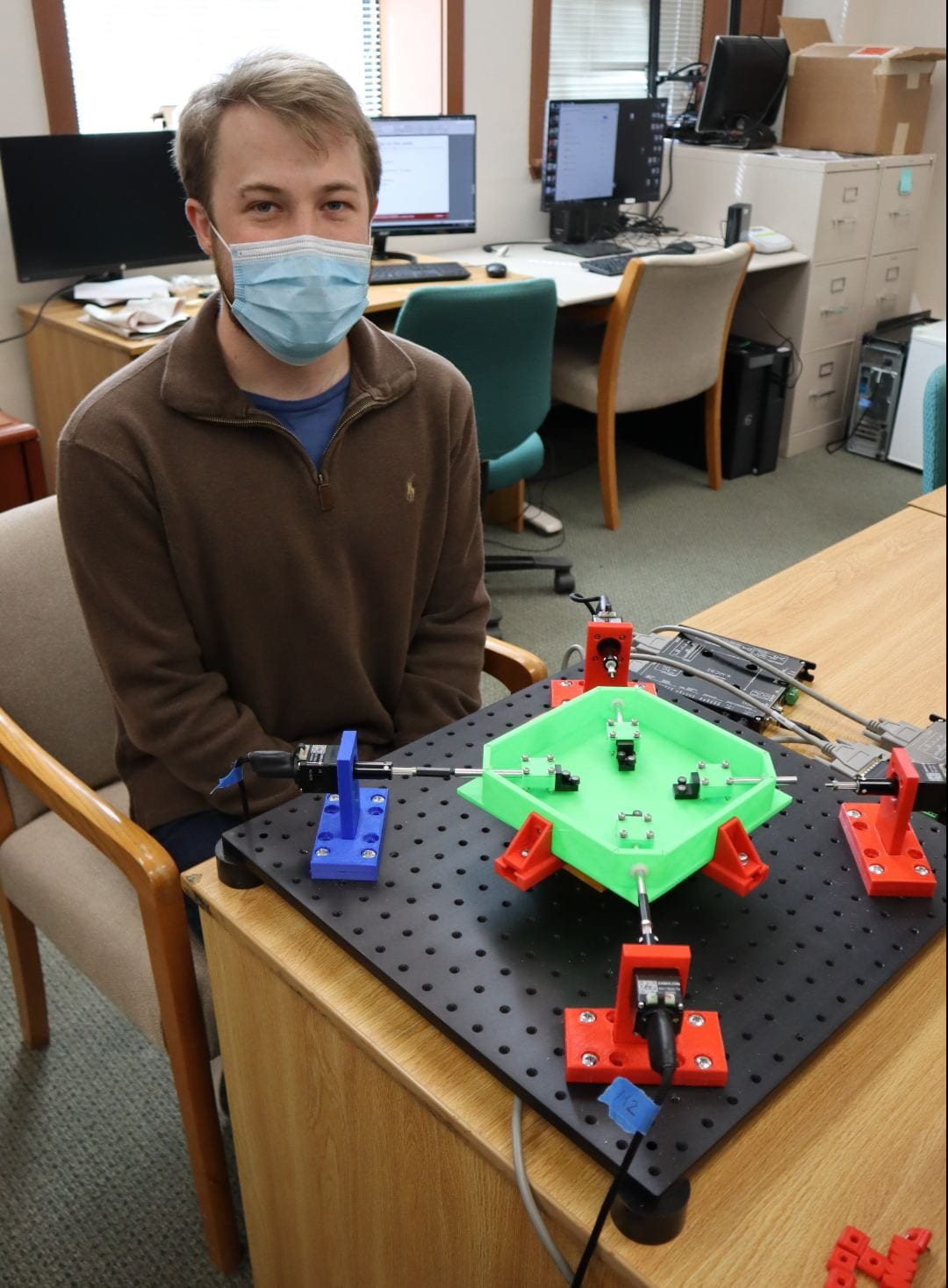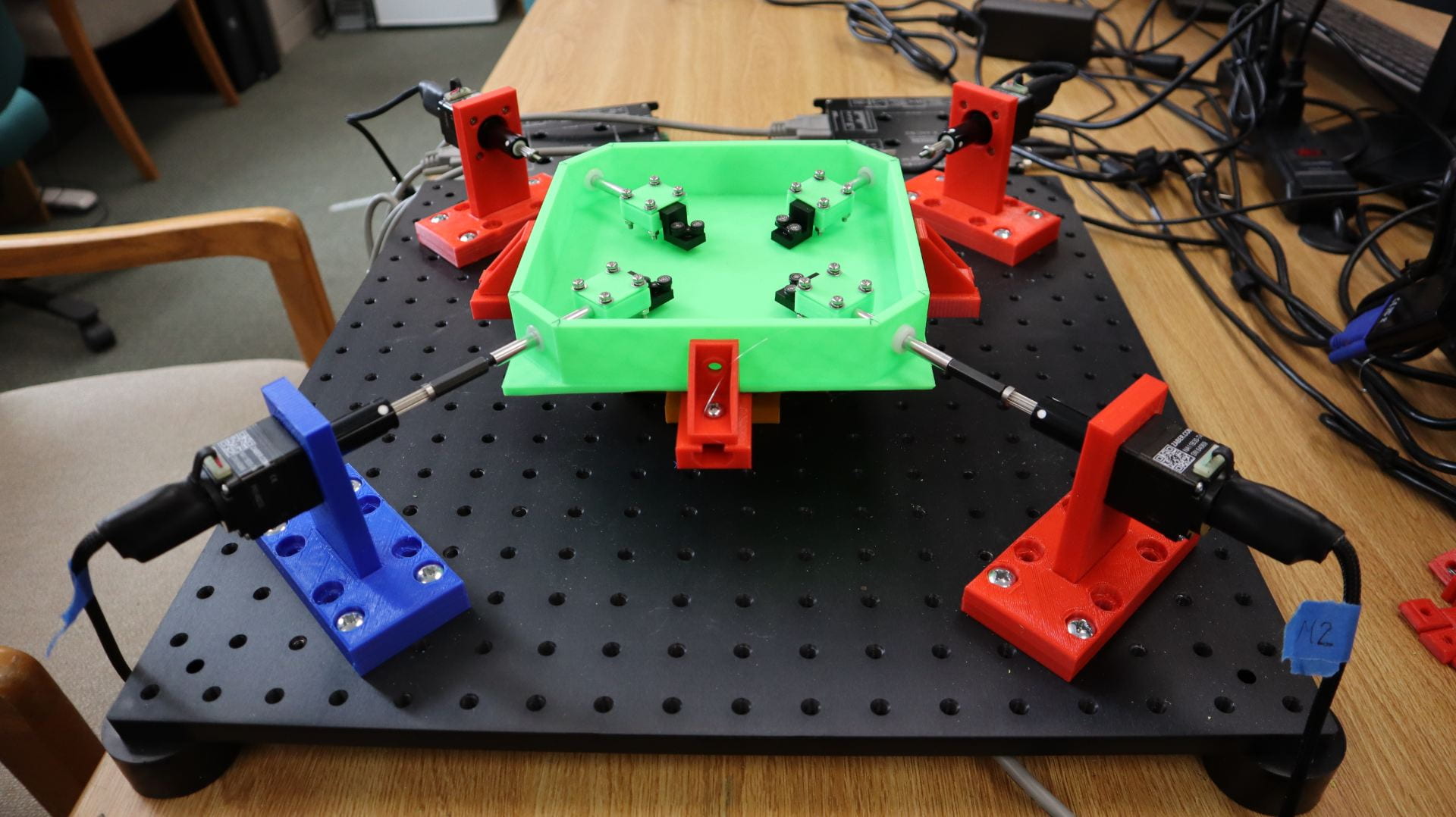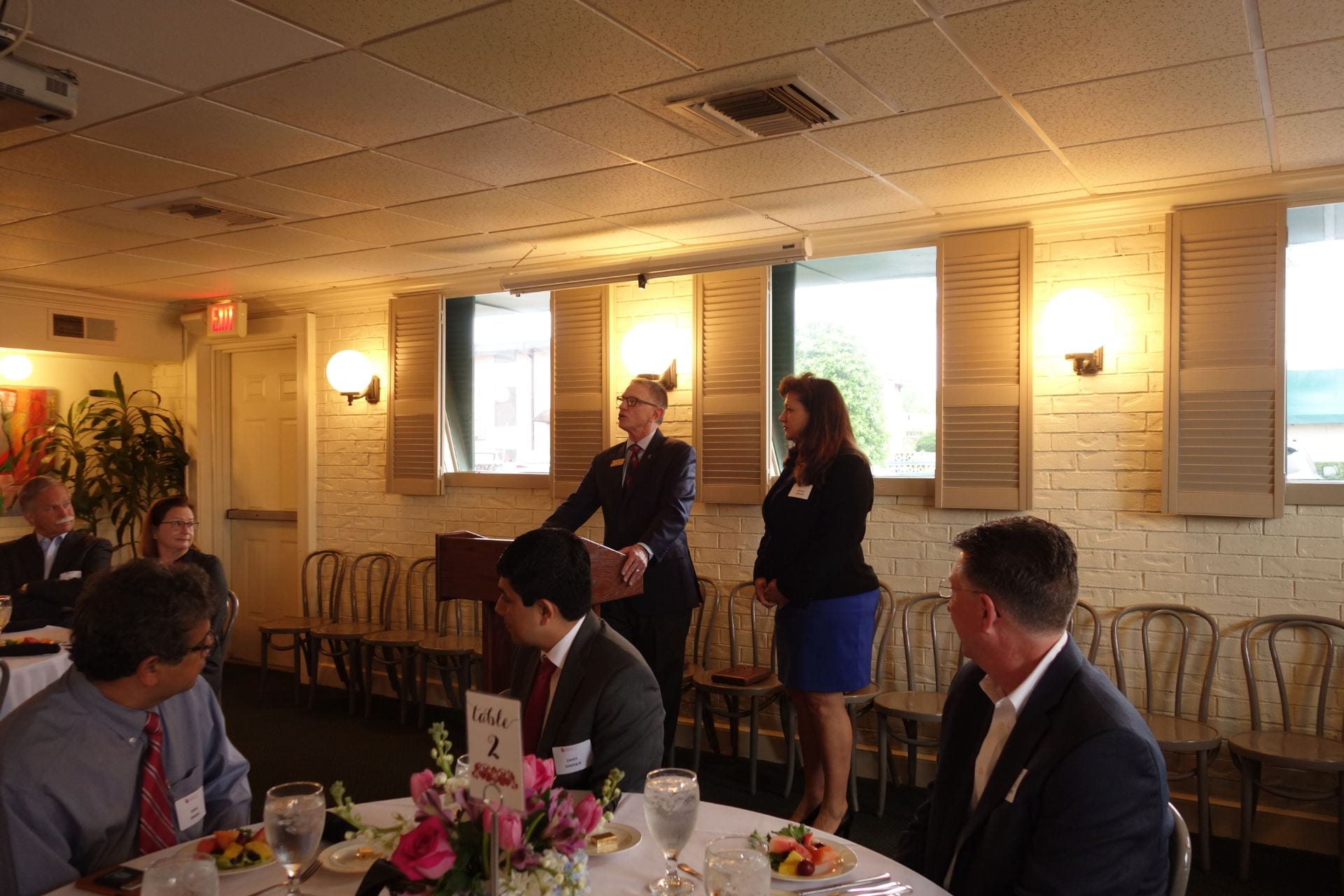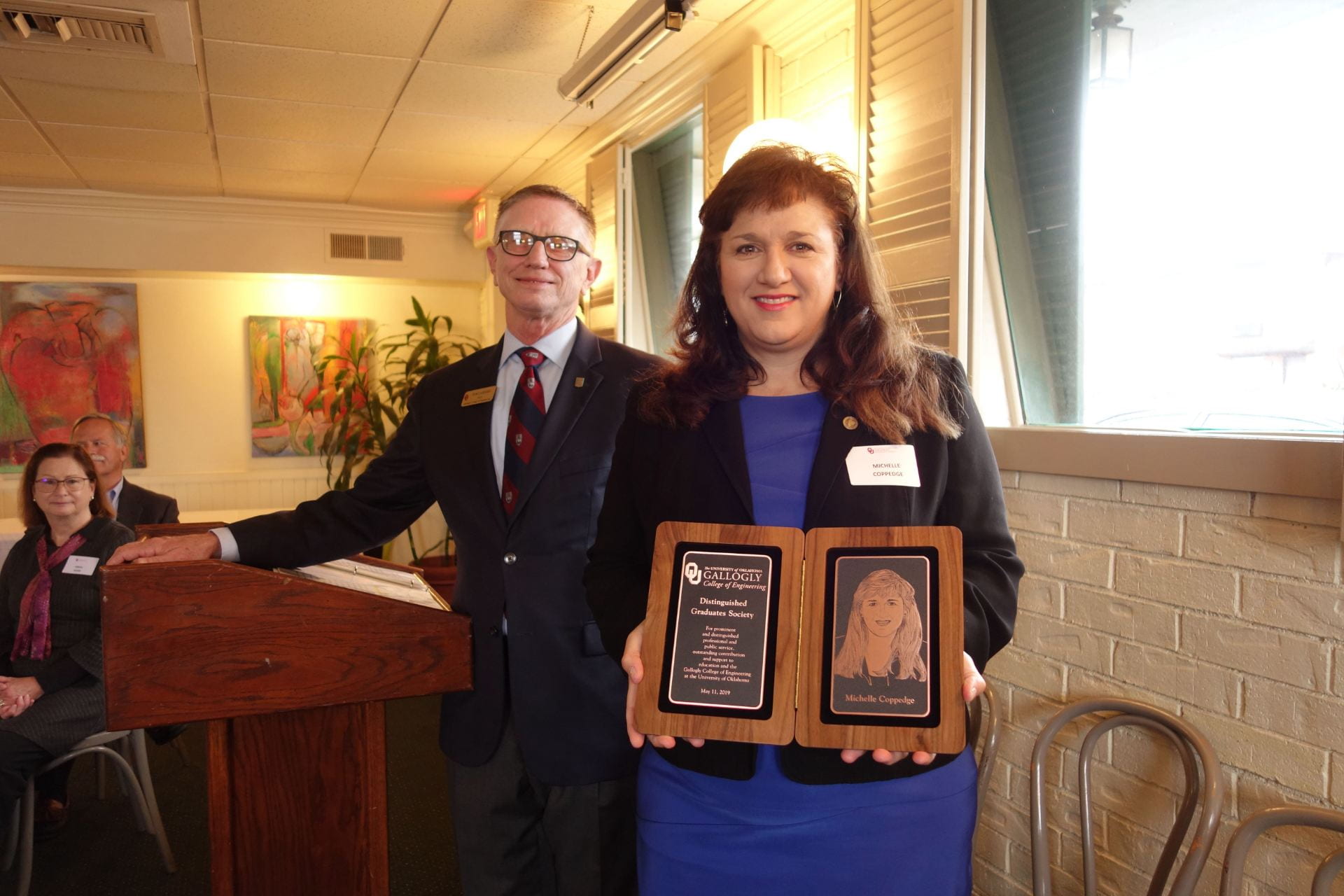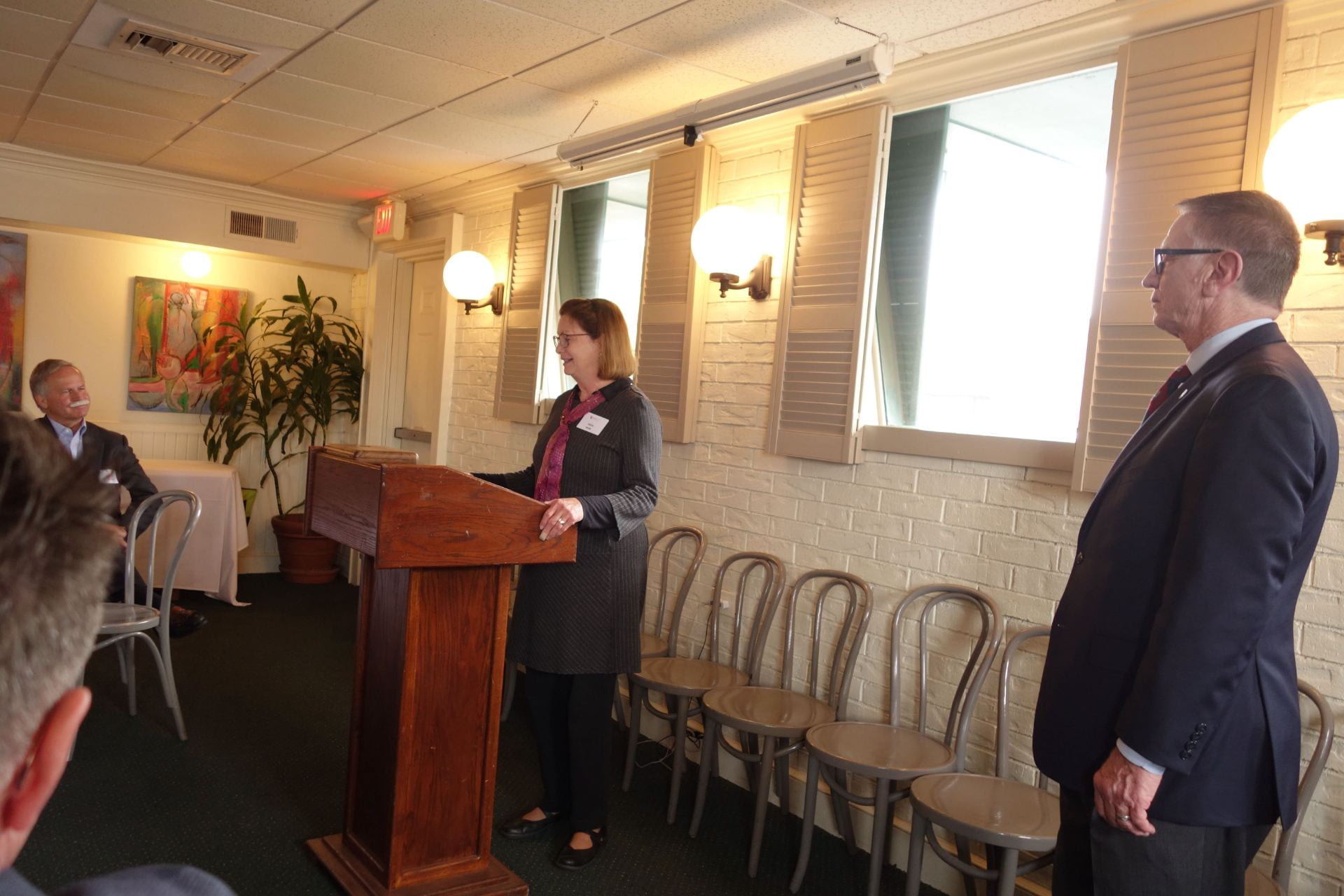AME is delighted to have such talented Alumni who continue to make us proud after graduation. This month, we’re highlighting Dr. Levent Aktas, who received his Masters and Ph.D. from AME in 2002 and 2008 respectively, and Alex Bryant, who received his undergraduate aerospace degree in 2019 and master’s degree in 2020.
Levent Aktas, PhD
 Current Position: Materials and Processes Lead Engineer at Boeing
Current Position: Materials and Processes Lead Engineer at Boeing
Undergraduate and Graduate Experience:
BS, Middle East Technical University, 2001
MS, University of Oklahoma, 2002
Ph.D., University of Oklahoma, 2008
As a Technical Lead Engineer at Boeing, I am responsible for maintaining materials and process specs, making sure appropriate processes are followed during the fabrication of composites, and qualification of all metal bond and composite aircraft components used in a multitude of platforms.
My graduate degree equipped me with a deeper knowledge of composites that separates me from other engineers in my company. In addition to specific technical skills, graduate studies equipped me with technical writing skills and communication skills that help me every day.
aktas@ou.edu
Alex Bryant
Current Position: Aeronautical Engineer, Lockheed Martin Aeronautics
I have been working as an aircraft performance engineer during most of my time here at Lockheed. I have also had the opportunity to travel with the Stability & Control team for wind tunnel testing for several programs. In the next six months, I will be transitioning into a role on the conceptual design team within Lockheed’s Advanced Development Programs.
I was the aerodynamics lead for the aerospace capstone class Design-Build-Fly (DBF) team as a senior. Helped lead an underclassman aircraft construction project as a junior.
I specialized in aerodynamics for my Master’s Degree and took classes in advanced aerodynamics, composites, and computational fluid dynamics. My Master’s thesis topic was using a combination of experimental measurements and CFD to create a high fidelity propeller thrust model for use in US Navy UAVs.
My Master’s degree served me well in several ways. Teaching a wind tunnel lab section helped mold me into a better teacher, which, in addition to rehashing important material from undergrad, will serve me well when mentoring younger engineers someday. The advanced classes I took in aerodynamics and CFD have helped me in my current role within flight sciences. My thesis project forced me to put together my own schedule for research and testing and forced me to lean upon a broad base of knowledge from undergraduate courses. All of these experiences have helped mold me into a well-rounded engineer at Lockheed.
I would be lying if I said some of my favorite memories weren’t sports-related. I may be a nerd’s nerd, but I’m a sports junkie at heart. The countless OU football home games with Baker Mayfield, Kyler Murray, etc., watching OU softball win a national championship in person, I was spoiled as a sports fan. Some of my other favorite memories were the little things you don’t even realize you miss until much later, whether it’s getting donuts at 3AM or playing videogames until dawn with your roommates, the various projects that brought their fair share of frustration and elation, or just the general helter-skelter chaos of being on your own for the first time as a freshman. I’d do it all again (well, most of it, maybe not finals).
alexander.bryant@alumni.ou.edu

